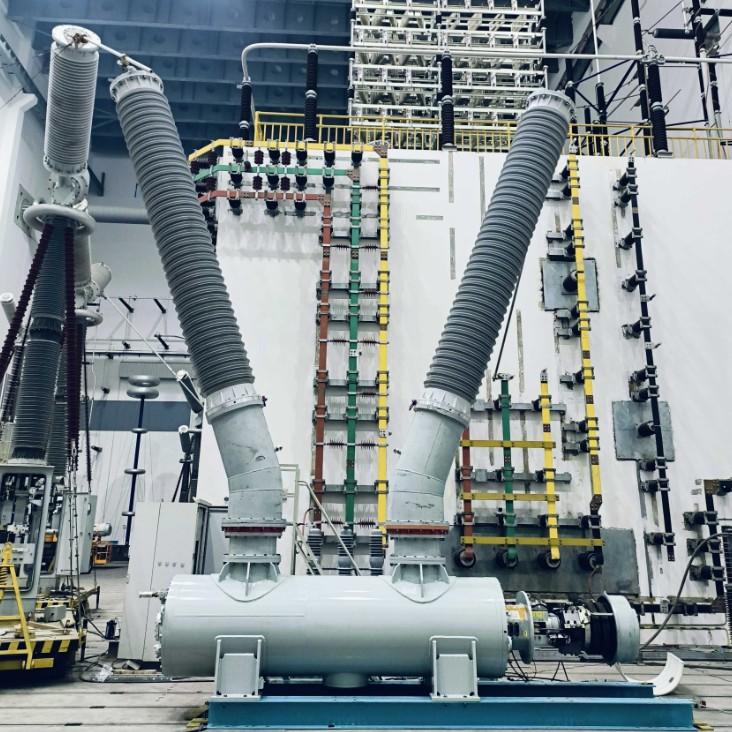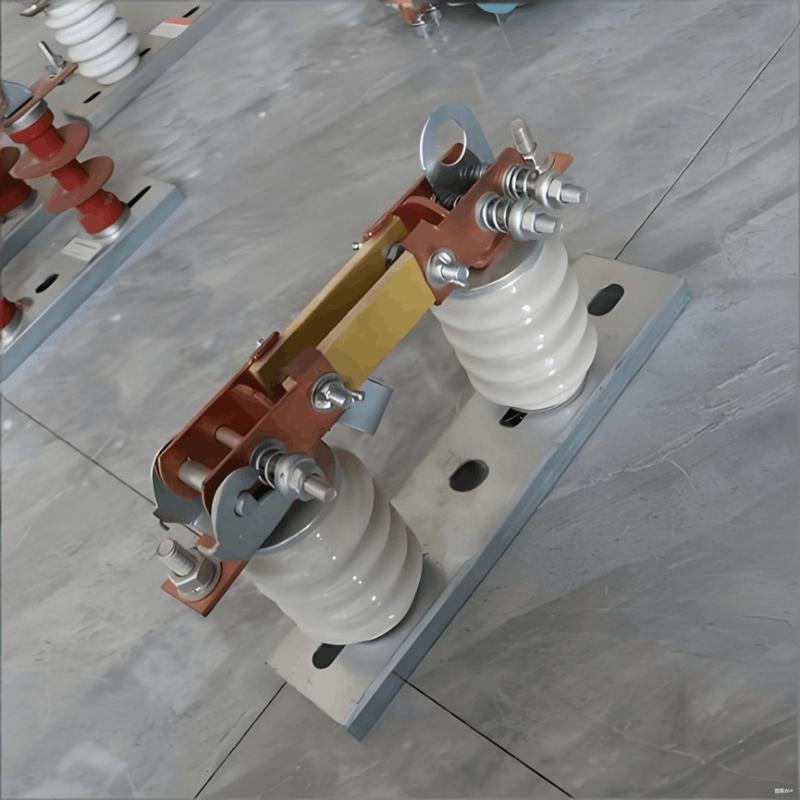- Product
- Suppliers
- Manufacturers
- Solutions
- Free tools
- Knowledges
- Experts
- Communities
Search
-
Uirlisí saor in aisce
-
IEE Business oifríonn uirlisí saor in aisce, atá ar a dtugtar cumhacht trí chinntireacht, do dheargnú mhinicneolaíoch agus buiséadachas ceannach forbartha: cuir isteach do pharáimeáid, cliceáil ar ríomh, agus faigh torthaí laithreach d'athrúcháin, gairid, motair, costais uirlisí forbartha, agus níos mó — ina bhfuil mionteoirí ar fud an domhain ag maireachtáil.
-
-
Tacaíocht & Urraithe
-
Tacaíonn IEE-Business le réitigh, gnólachtaí agus saineolaithe líofa – ag cruthú ardán ina n-éiríonn nuálaíocht le luachEolas teicniúil den scothCliceáil agus roinnt eolais teicniúla chun airgead a dhéanamh ó spónsóiríRéitigh Gníomhaíochtaí SármhaithCliceáil agus Cruthaigh Ghníomhaíochtaí GhearrthaEolaíoch Éigríochta IndiúilTaispeáin do chumas do spórsóirí bhain amach do todchaí
-
-
Pobal
-
Tóg do Phobal GhairmiúilAimsigh agus nasc le comhghleacaithe sa tionscail, comhpháirtithe féideartha agus déantóirí cinneadh chun do ghnó a fhású.Leathnú ar do líonra pearsantaNaisc le comhghleacaithe sa tionscar, comhlachtaí féidearthacha agus daoine a dhéanann cinntí chun do fhás a luascadh.Faigh níos mó EagraíochtaíExploreáil cuideachtaí sprioc, comhghleacaithe agus ceannairí an tionscail chun deiseanna gnó nua a oscailt.Join Diverse CommunitiesGlac páirt i dtaibléid ábhair, malartuithe eagraíochta agus comhroinnte acmhainní chun do thionchar a mhéadú.
-
-
Comhoibriú Linn
Comhpháirtí
-
-
Céimníodh an Clár Comhghleacaithe IEE BusinessFás Gnó a Chumasú ó Uirlisí Teicneolaíocha go Síorshpáil Gnó Domhanda
-
-
IEE Business
-
Gaeilge
-
- English
- Afrikaans
- العربية
- Azərbaycan dili
- български
- বাংলা
- Català
- Cebuano
- čeština
- Dansk
- Deutsch
- Ελληνικά
- Esperanto
- Español
- Eesti keel
- Euskara
- دری
- فارسی
- suomi
- Filipino
- français
- Gaeilge
- Galego
- Hausa
- עברית
- हिन्दी
- Hrvatski
- magyar nyelv
- հայերեն
- Bahasa Indonesia
- Íslenska
- Italiano
- 日本語
- ქართული
- Қазақ тілі
- ಕನ್ನಡ
- 한국어
- Kurdî
- Latina
- Latviešu valoda
- македонски јазик
- Bahasa Melayu
- Malti
- नेपाली
- Nederlands
- Norsk
- ਪੰਜਾਬੀ
- polski
- پښتو
- Português
- Русский язык
- සිංහල
- Slovenščina
- српски језик
- Svenska
- Kiswahili
- தமிழ்
- తెలుగు
- ไทย
- Tagalog
- Türkçe
- українська мова
- اردو
- Oʻzbek tili
- Tiếng Việt
-
Réitigh Gníomhaíochtaí Sármhaith
-
Gaeilge
-
- English
- Afrikaans
- العربية
- Azərbaycan dili
- български
- বাংলা
- Català
- Cebuano
- čeština
- Dansk
- Deutsch
- Ελληνικά
- Esperanto
- Español
- Eesti keel
- Euskara
- دری
- فارسی
- suomi
- Filipino
- français
- Gaeilge
- Galego
- Hausa
- עברית
- हिन्दी
- Hrvatski
- magyar nyelv
- հայերեն
- Bahasa Indonesia
- Íslenska
- Italiano
- 日本語
- ქართული
- Қазақ тілі
- ಕನ್ನಡ
- 한국어
- Kurdî
- Latina
- Latviešu valoda
- македонски јазик
- Bahasa Melayu
- Malti
- नेपाली
- Nederlands
- Norsk
- ਪੰਜਾਬੀ
- polski
- پښتو
- Português
- Русский язык
- සිංහල
- Slovenščina
- српски језик
- Svenska
- Kiswahili
- தமிழ்
- తెలుగు
- ไทย
- Tagalog
- Türkçe
- українська мова
- اردو
- Oʻzbek tili
- Tiếng Việt
-
Réitigh Gníomhaíochtaí Sármhaith



































